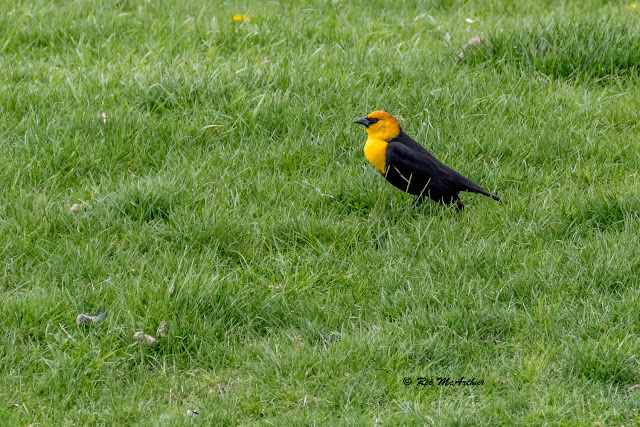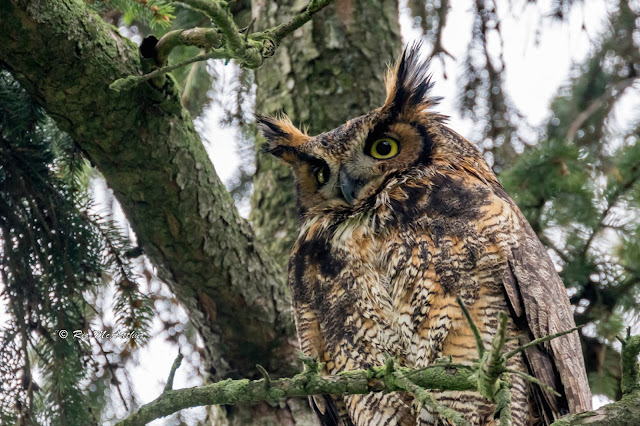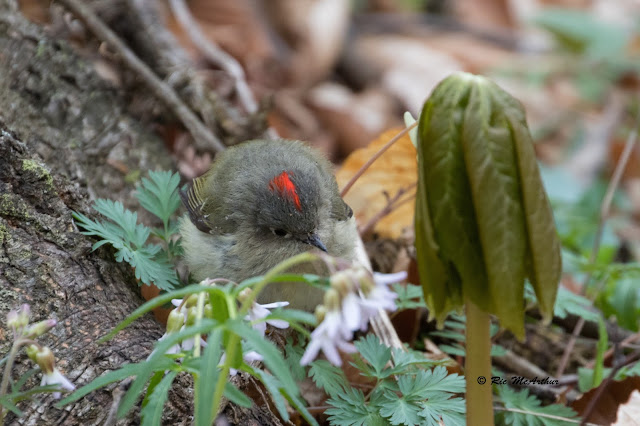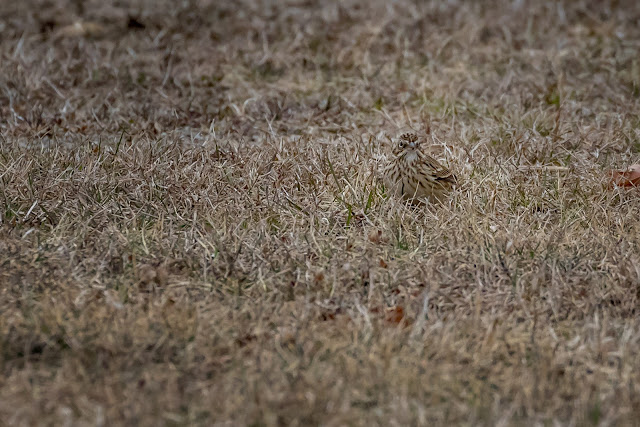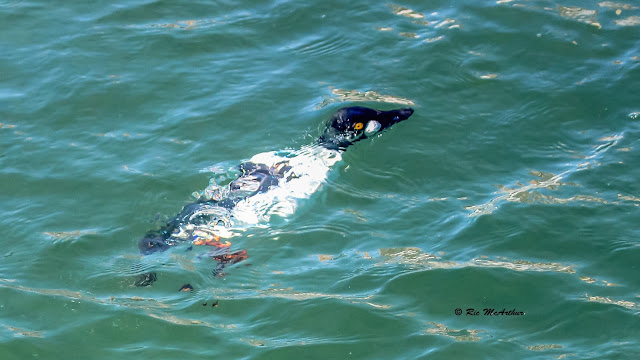A pair of house finches,

We have had both purple finches and house finches in the yard for a few weeks. It is more common for us to see the house finch. Haemorhous mexicanus The red of a male House Finch comes from pigments contained in its food during molt (birds can’t make bright red or yellow colors directly). So the more pigment in the food, the redder the male. This is why people sometimes see orange or yellowish male House Finches. Females prefer to mate with the reddest male they can find, perhaps raising the chances they get a capable mate who can do his part in feeding the nestlings.

